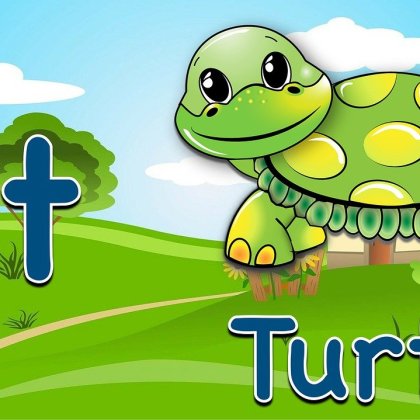15 Innovative Teaching Techniques Every Teacher Should Try

If you love literature books, stories & novel recommendations, find us YouTube
If you love literature books, stories & novel recommendations, find us YouTube
These are almost always shifting trends. Consider how quiet iPads have been in the classroom recently, yet three years ago they were said to be replacing instructors and compared to magic (unsarcastically). While mobile gadgets such as the iPad can certainly resemble a type of magic in the learning process, they must 'fit' into a progressive supporting ecology of assessment, curriculum, and instruction. With that in mind, we've compiled a list of 15 fresh ideas that every teacher should attempt (the graphic plus three more things below). Not all of them will fit or work–it all depends on the ecology of the classroom, school, and other factors. However, each of the following ideas—some learning models, concepts, and technologies—can be transformative for kids.
A suggestion? Pick 8–10 that seem like they could be the best fit for what you teach and who you educate, and try one per unit for the next year or two. As a result, this might serve as a sort of "to-do" list as you seek out fresh and inventive teaching ideas.
Becoming Innovative: 15 New Ideas Every Teacher Should Try
- Livestream your teaching. Your class can be streamed live. Take a look at YouTube, Twitch, Periscope, and Facebook.
- School to school learning. learning from one school to the next. Take a look at Skype, pbf, podcasting, and local projects.
- 3D printing. 3D printing is a technique for creating three-dimensional objects. Think about MakerBot and ThingLink.
- Self-directed education
- Reverse gamification. Gamification in reverse. In your classroom, consider replacing letter grades with number grades.
- Virtual reality. Take a look at the HTC Vive, Google Cardboard, and Oculus Rift.
- Algorithms for adaptive learning. Take a look at apps like Knowji.
- Mobile learning. Consider place-based learning + PBL.
- Maker tinkering. Consider ThingLink, coding, makey-makey, and egg drop competitions.
- Let student questions guide everything. Consider genius learning, self-directed learning, and sustained inquiry.
- Artificial intelligence. Consider IBM's Watson, gluru.co
- New learning taxanomies
- Grading Backward
- Use Prevailing Social Media Trends. Consider: helping students use Facebook video to publish their ideas.
- 3D printing. Consider: Thingiverse (also referenced above under "Maker Tinkering") is an excellent place to start—especially if you don’t have a 3D printer.
 English
English French
French German
German Russian
Russian 中文
中文






